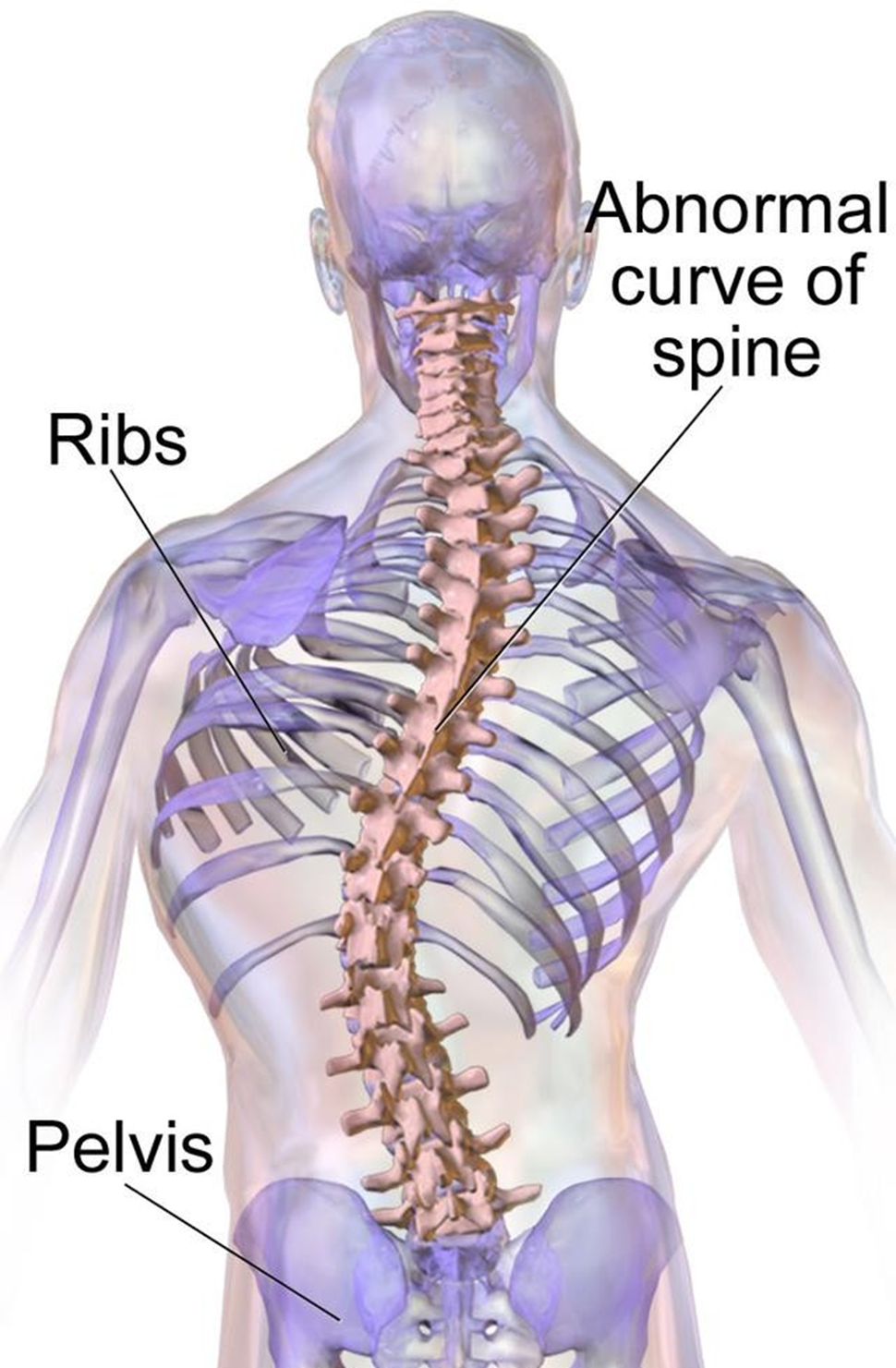A nurse in a pediatric clinic is caring for a child who has iron deficiency anemia and a new prescription for ferrous sulfate tablets. Which of the following instructions should the nurse provide the parents regarding administration of this medication?
Administer at mealtimes.
Administer at bedtime.
Give with a 240 mL (8 oz) glass of milk.
Give with orange juice.
The Correct Answer is D
A. Administer at mealtimes is incorrect. Taking iron supplements with food can decrease absorption. It is best to take them on an empty stomach if possible, but if gastrointestinal upset occurs, the medication can be taken with food.
B. Administer at bedtime is incorrect. Iron supplements are generally not recommended to be taken at bedtime due to potential gastrointestinal upset that might disturb sleep.
C. Give with a 240 mL (8 oz) glass of milk is incorrect. Milk can reduce the absorption of iron, so it is not recommended to take ferrous sulfate with milk.
D. Give with orange juice is correct. Vitamin C (found in orange juice) enhances the absorption of iron, so it is a good choice to help increase the effectiveness of the supplement.
Nursing Test Bank
Naxlex Comprehensive Predictor Exams
Related Questions
Correct Answer is A
Explanation
A. Scoliosis is a lateral curvature of the spine. It is commonly assessed during routine physical examinations, especially in adolescents.

B. Lordosis refers to an exaggerated inward curvature of the spine, typically in the lumbar region.
C. Torticollis is a condition characterized by a tilt of the head to one side due to the shortening of muscles on one side of the neck.
D. Kyphosis is an exaggerated outward curvature of the thoracic spine, leading to a rounded upper back.

Correct Answer is C
Explanation
A. Threatening the child with a shot may create anxiety and fear, making cooperation even more challenging.
B. Hiding medication in food without the child's knowledge can lead to mistrust and may not be safe, as the child may not consume the entire dose.
C. Telling the child that the medication is candy is a strategy that may increase the likelihood of the child taking the medication willingly. However, it is important to ensure that the child understands the importance of taking the medication and that it is not actually candy.
D. Offering a choice of taking the medication with juice or water provides some control to the child, but it may not address the resistance to taking the medication itself. The child may still refuse regardless of the choice.
Whether you are a student looking to ace your exams or a practicing nurse seeking to enhance your expertise , our nursing education contents will empower you with the confidence and competence to make a difference in the lives of patients and become a respected leader in the healthcare field.
Visit Naxlex, invest in your future and unlock endless possibilities with our unparalleled nursing education contents today
Report Wrong Answer on the Current Question
Do you disagree with the answer? If yes, what is your expected answer? Explain.
Kindly be descriptive with the issue you are facing.
